To-Do Before Class
- Continue working on FINAL PROJECT
- READ: Cece Bell – El Deafo
- READ: Robyn Chapman – Chapters 1-3
Topic: Point of View
Objectives
- To continue exploring page-building & layout techniques
- To share worknig methods
- To introduce the concept of Point Of View in illustration
Activities
Warm Up!
Reading Discussion: NONE
Share: FIBDA 2023
DISCUSS: Class Catch-Up
LECTURE: Page Layout Part 2
**TEMPLATES**
LECTURE: INTRODUCE Point of View as a Storytelling Technique
WATCH: Author Chris Tebbett’s analysis of the Matrix
INTRODUCE WEEK 7 HOMEWORK
IN-CLASS EXERCISE: THR WRONG PLANET – borrowed from Jessica Abel
CRITIQUE: Work in Progress on FINAL PROJECT
Review Assignments and Expectations for Next Week’s Class
Due Next Week
- WEEK 7 HOMNEOWRK on POINT OF VIEW:
- Choose short scene from any film in which you admire the storytelling. Using Chris Tebbetts Matrix analysis as a model, please label / list the director’s choice of shots. You can choose to complete this exercise in a variety ofways: You can label video clip as Tebbets did, you can screen shot and label, you can do simplified sketches using the Brunetti method, OR you can even just watch and list them in written form. The point of this exercise is to pay careful attention and consider WHY the director chose the POINT OF VIEW used in each shot.
- POST this exercise when complete to DISCORD for discussion.
- CONTINUE LAYOUT FOR YOUR FINAL PROJECT – *see schedule*
- POST your work in progress to DISCORD
- Reading: REVIEW Art of the Storyboard by DON BLUTH
- Reading: A Child’s Life and Other Stories – Phoebe Gloeckner, Frog Books
- Continue Diary IF IT IS HELPFUL

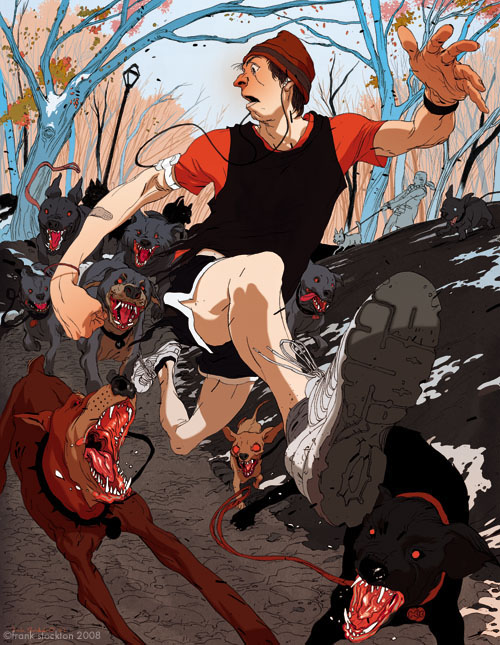
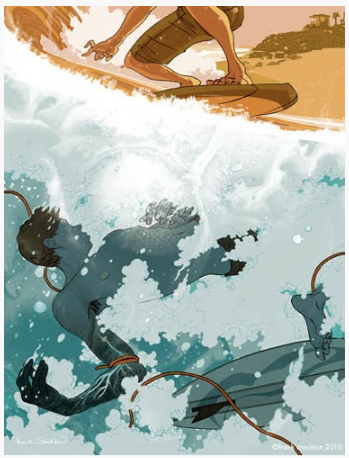
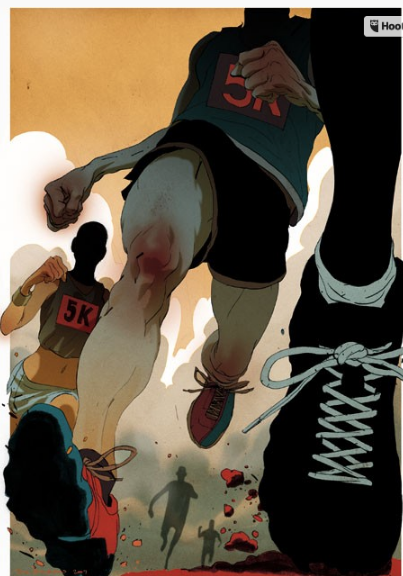


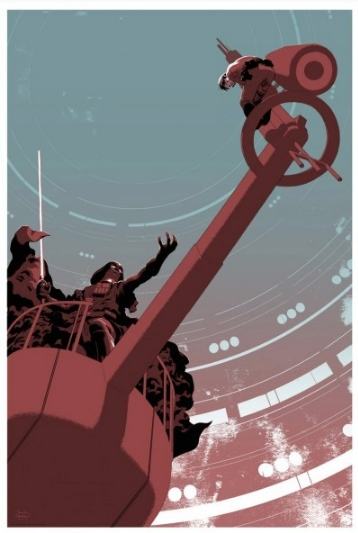
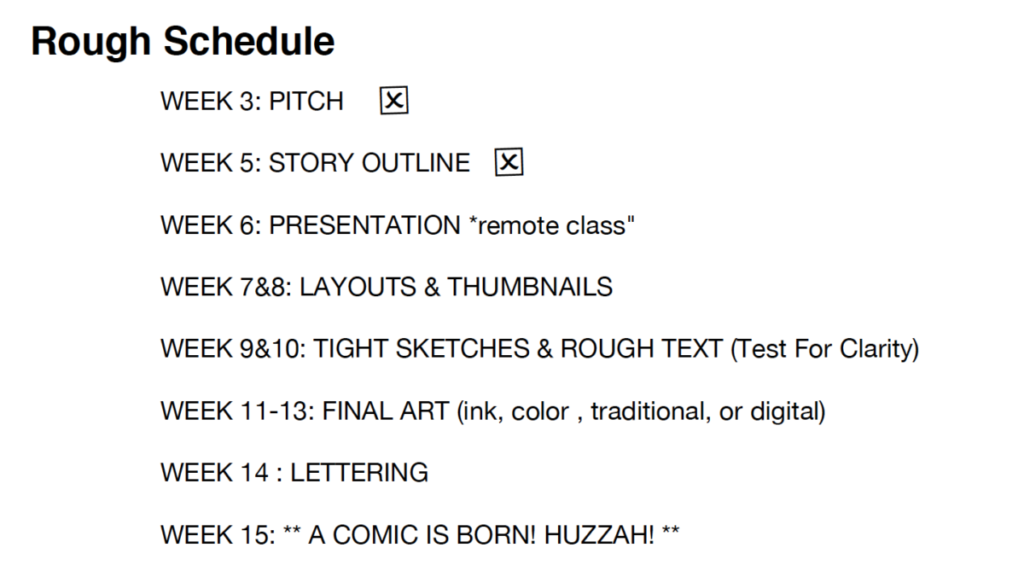




Recent Comments